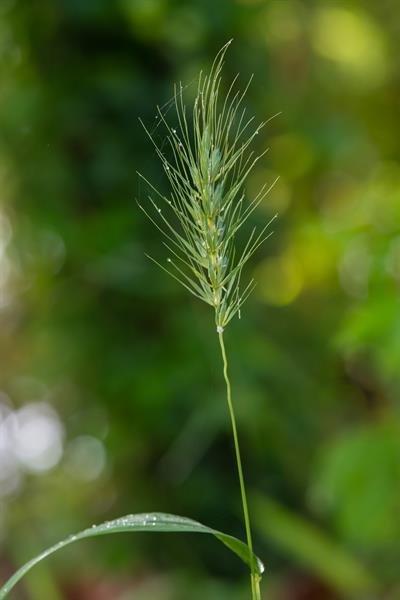 Image 1 of 2
Image 1 of 2

 Image 2 of 2
Image 2 of 2



Grass: Eastern Wild Rye (Elymus virginicus): plug
From the NC Extension Gardener Plant Toolbox:
“Eastern Wild-rye is a native perennial… ornamental grass found in bottomland forests, upland prairies, glades, marshes, stream banks, pastures, fields, roadsides, and disturbed areas... The plant grows in clumps up to 1 foot tall. The flower spikes rise up to 4 feet tall with bristly wheat-like inflorescences that sway in the breeze. They are followed by seed heads that mature to tan and continue to add interest to the plant into fall. It will freely self-seed.
Eastern Wildrye is easy to grow in moist, fertile, well-drained loams in full sun to part shade. and tolerates a wide range of soil types. The root system makes it very good for erosion control. Use this plant in naturalized areas, slopes or stream banks.
… This plant is deer resistant [and songbirds feed on its seeds].”
From the NC Extension Gardener Plant Toolbox:
“Eastern Wild-rye is a native perennial… ornamental grass found in bottomland forests, upland prairies, glades, marshes, stream banks, pastures, fields, roadsides, and disturbed areas... The plant grows in clumps up to 1 foot tall. The flower spikes rise up to 4 feet tall with bristly wheat-like inflorescences that sway in the breeze. They are followed by seed heads that mature to tan and continue to add interest to the plant into fall. It will freely self-seed.
Eastern Wildrye is easy to grow in moist, fertile, well-drained loams in full sun to part shade. and tolerates a wide range of soil types. The root system makes it very good for erosion control. Use this plant in naturalized areas, slopes or stream banks.
… This plant is deer resistant [and songbirds feed on its seeds].”